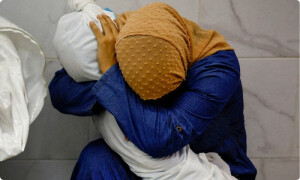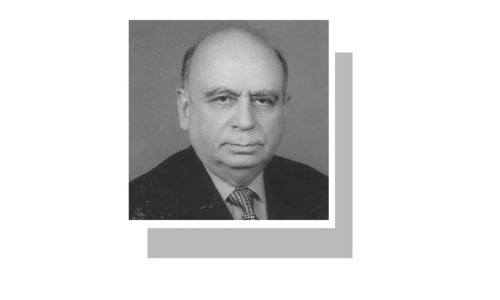THE rapidly accelerating departure of so-called hot money that came pouring into government debt from last July onwards is now going to test the State Bank’s commitment to a ‘market-determined exchange rate’. In the first 12 days of March, for example, close to $600m left Pakistani markets, primarily from debt securities, as foreign investors and carry traders rushed for safety with the rising economic impact from the fight against the COVID-19 virus. In the days to come, this exodus is likely to grow, especially since it has induced exchange rate volatility which is the biggest source of uncertainty in the eyes of the carry traders behind these inflows. Just in the last week, the rupee touched 160 to a dollar, and then saw a mysterious dive back to 156.5 on Friday in a move that looked suspiciously like intervention from the central bank. If so, we can be certain that the outflows have already given the central bank cold feet, after its young governor had gone to some lengths to play down the risks of a sudden outflow.
The financial markets will be the first to be tested by the growing clouds of uncertainty that are engulfing the country and the world economy these days. The fact that this is happening in the run-up to a monetary policy decision only complicates the picture for the State Bank. Pressure to reduce interest rates is now higher than it has ever been through this cycle of monetary tightening, and not a single voice is left in the public domain to make the case for continuing with high interest rates. The problem is the State Bank cannot have it both ways. It cannot have a stable exchange rate and low interest rates. Another problem is that the government is in no position to afford the kind of stimulus measures that other economies are announcing to compensate for the slowdowns that the fight against the virus necessarily brings. An important test is now shaping up for the governor of the State Bank, who has confidently sold the public on the idea of hot money inflows to build reserves, a market-based exchange rate, and tight monetary policy. This is one test for which the textbook had not prepared him, and Tuesday’s monetary policy statement will be his answer to the challenge. We will wait to see the outcome.
Published in Dawn, March 15th, 2020











































